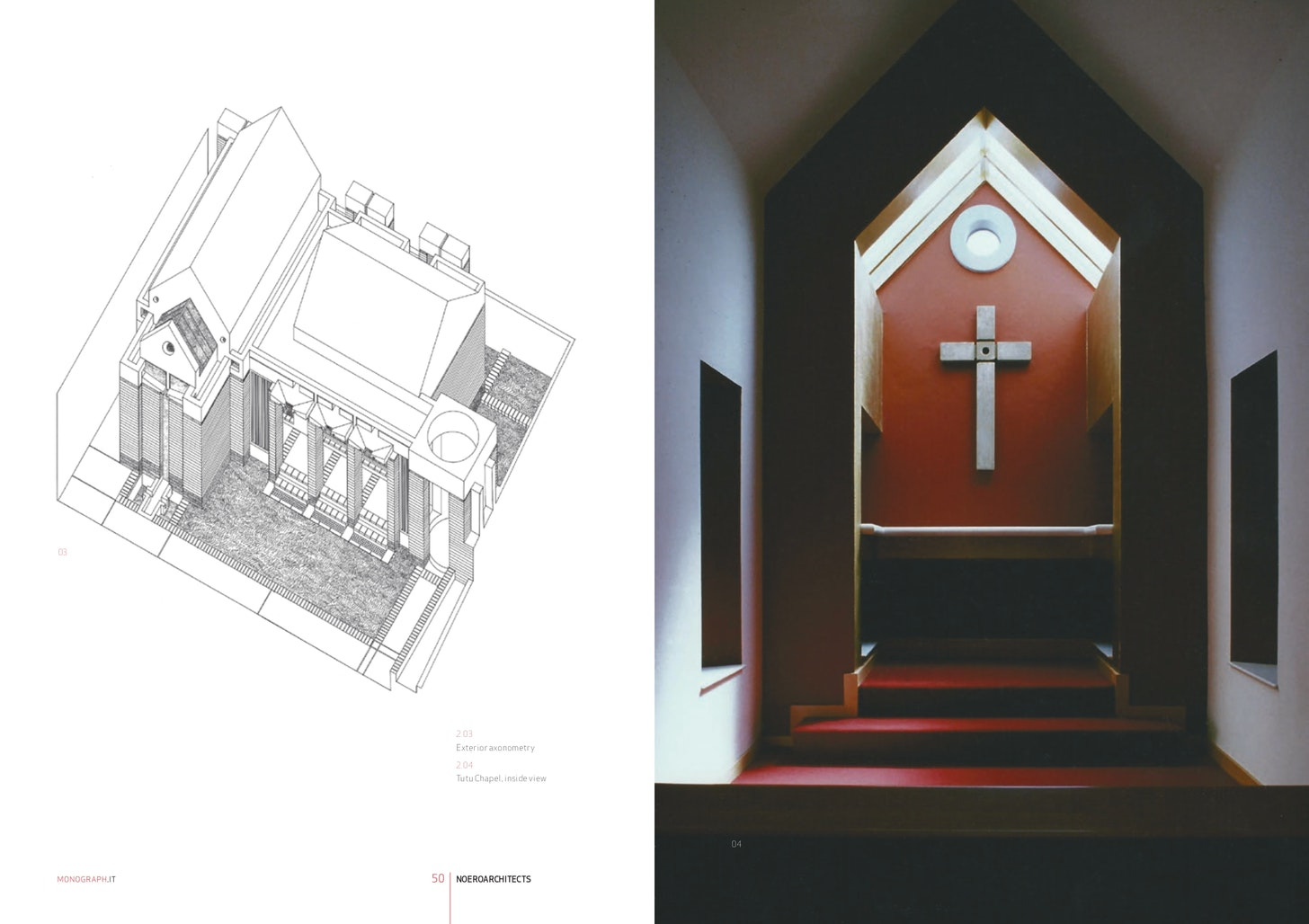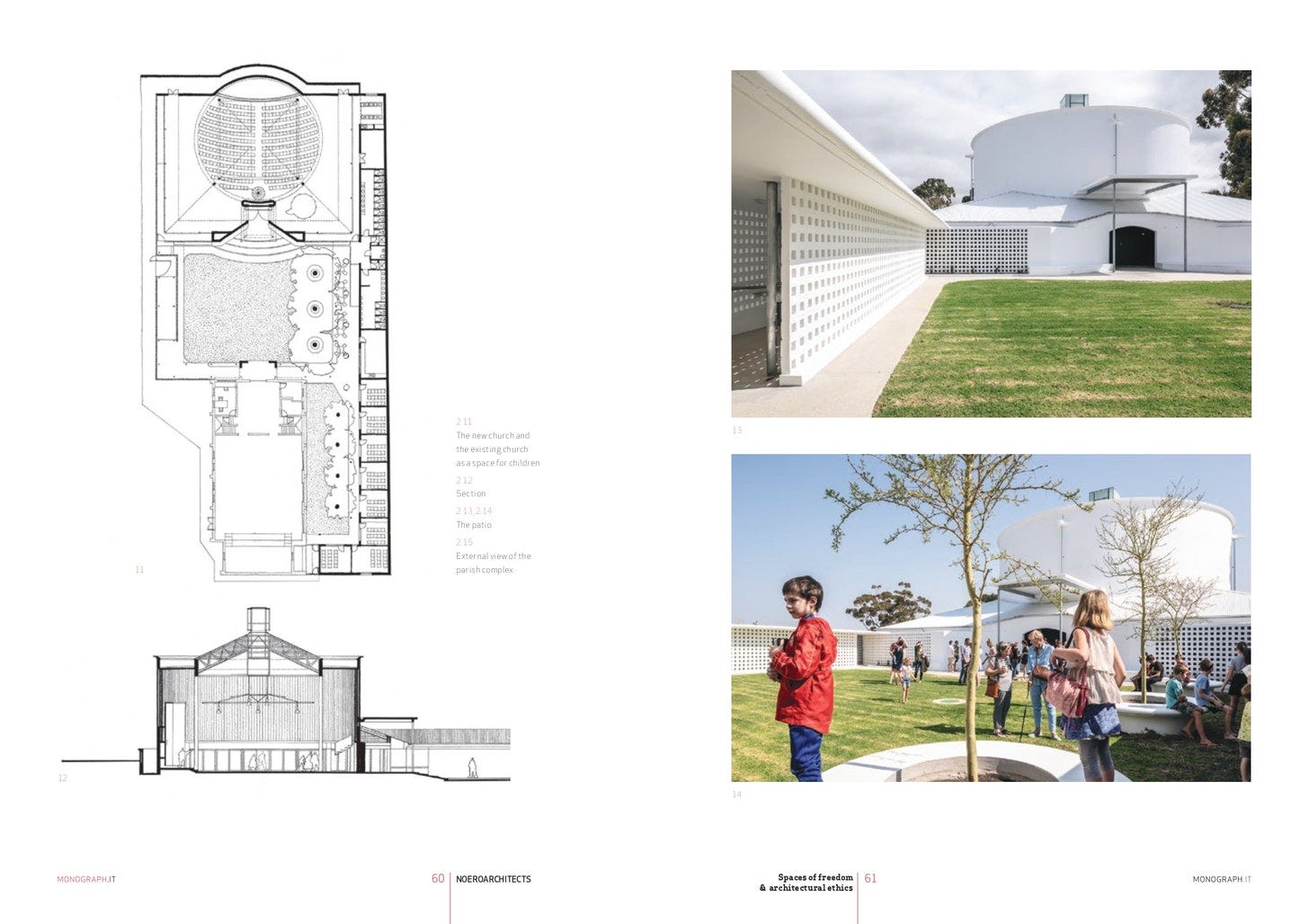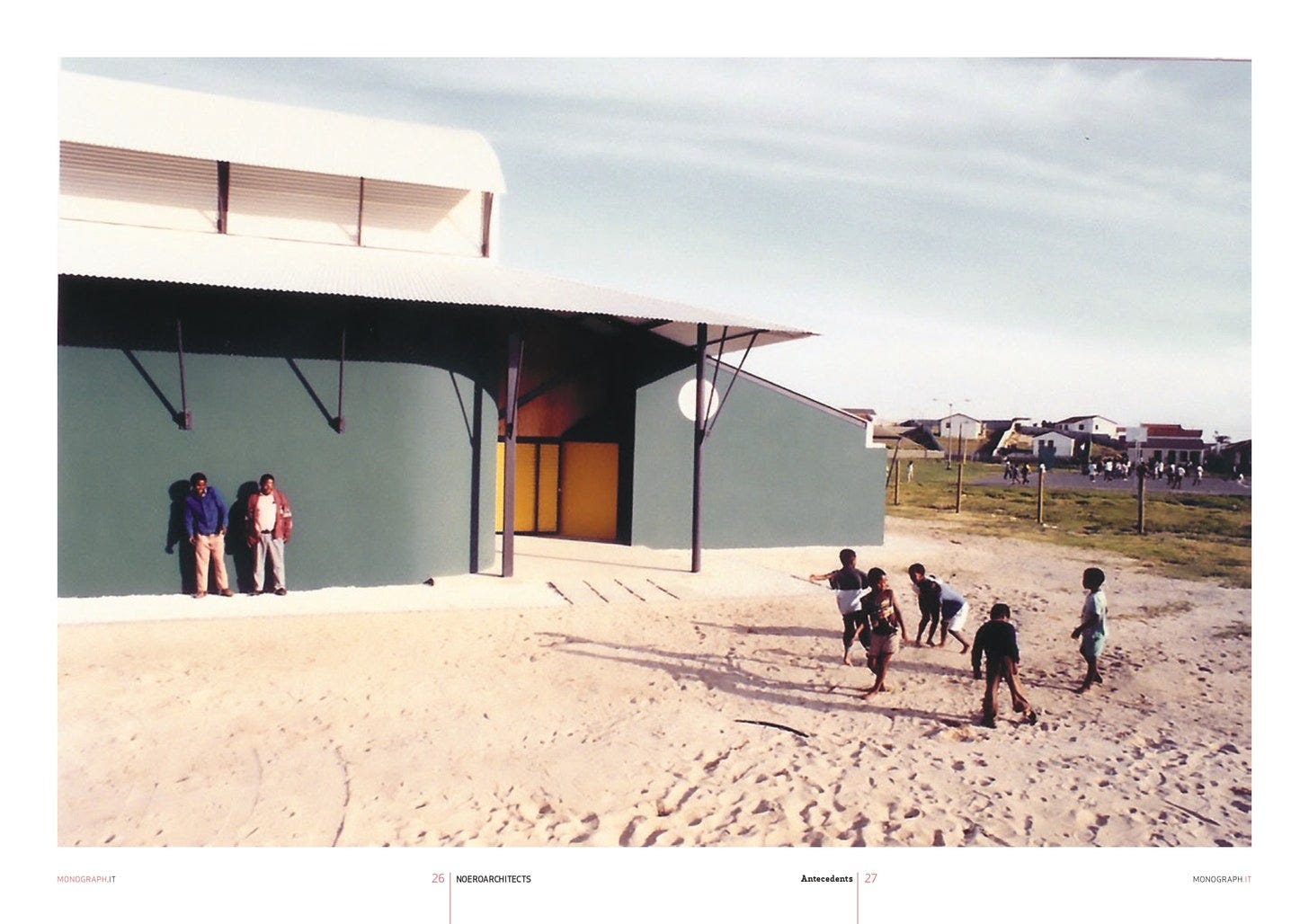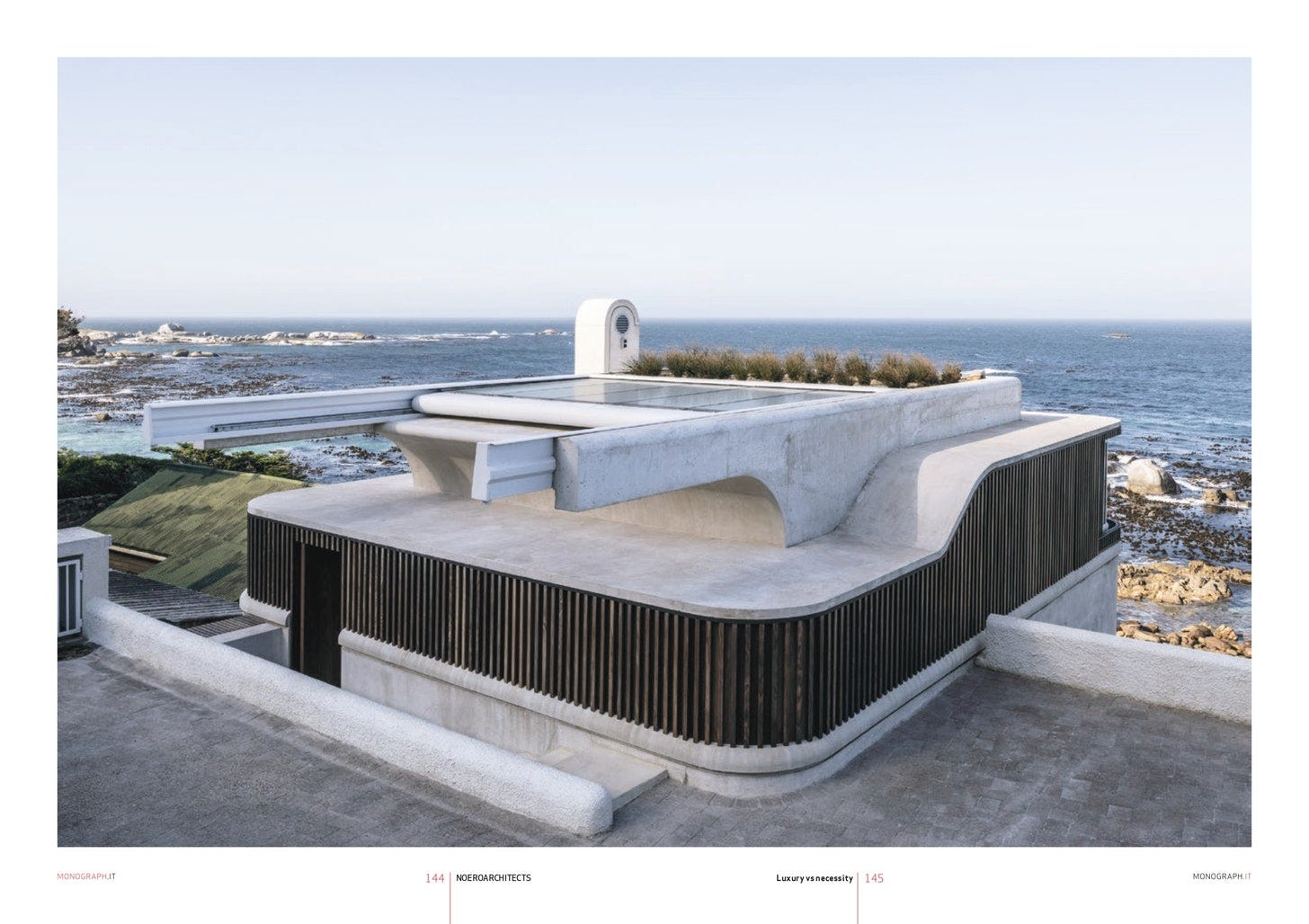One Cartolina was not enough for the language and vision of the architect Jo Noero. After Red Location, his project in New Brighton, Port Elizabeth (South Africa), we decided to explore more in depth Noero’s world.
Sometimes, in order to tell a story, we need more space, time, words and voices: today we present CARTOLINE ON-AIR, a podcast by Instaura. In the first episode, Jo Noero tells us about his way of conceiving architecture and gives the young new architects some pieces of advice. CARTOLINE ON-AIR involves the voices of Samanta Bartocci and Massimo Faiferri, authors of the book Building and Drawing (edited by ListLab, 2021), who walked us through the process of creating the monography in collaboration with Jo Noero.
You can listen to the podcast HERE on Spotify.
Building and Drawing
10th of May 2022
reading time: 4’ 50’’
We present a book that we are sure will enrich our path of rethinking urban space. Building and Drawing traces the most important stages of Jo Noero's professional and human career, along with the narration of the new South African urban environment, the collection of the most important projects by Noero, from the first ones to the most recent, from the Tutu Chapel, to Red Location Cultural Precint, to St. Cyprian's School.
The foundations on which the entire book is built are represented by the archive of texts, drawings and photographs of the Noero Architects studio, read as the source of an authentic transcription of a dialogue that probably represents the deepest and most authentic essence of those who think and create architecture.
The career stages of Noero are intertwined with the values that constitute the professional ethics and disciplinary approach of his study. The resolution of the conflict between luxury and necessity and the importance of the memory of the past of the environment in which they operate are just some of the elements of a very practical, concrete and material approach to architecture or, to use a formula by Noero, "everyday architecture": raw, common, ordinary, functional, accessible and adaptable.
"What is a city if not the people who inhabit it and build it?"
Housing occupies a privileged place in the book and in the philosophy of the studio, perhaps representing, more than anything else, the concretization of the necessity-luxury combination. Jo Noero's choice to question the colonial architectural style of South Africa, not to design housing units larger than 150 square meters, to privilege the use of poor and low-cost materials, represented a revolution in the way of conceiving housing architecture, allowing a deep connection between the concepts of function and expression. The houses of Noero Architects are based on the pillars of structural integrity, local material, integration with the landscape and the use and activities of people as a symbolic cultural value. An example is Castelrock House, a three-storey house with access from the back whose façade extends to "one of the most beautiful stretches of beach in the world": it is no coincidence that the color of the concrete was chosen so that it was as similar as possible to that of the sand. “A small house with a big program”, as it is defined in the book. The materials are designed to evolve over time into a layering of colors, showing signs of natural deterioration due to weather conditions, while the sliding glass roof part is designed to let sunlight in and ensure a view of the mountains.
From the photographs of the projects the impossibility of separating beauty from architecture clearly emerges. Every building, every house, every structure is architecture, and as such in it the characters of necessity, beauty and luxury can and must coexist.
Building and Drawing shows us that today it is possible to think of architecture in terms of back to basics and space as a place where people's happiness can be real, as Jo Noero suggests.
If you wish to try to rethink architecture and urban space, enjoy!
If you’ve read this far… THANK YOU!
If you liked this post, why not share it?
and if you have any comments or suggestions, write us!
See you for the next Postcard!






